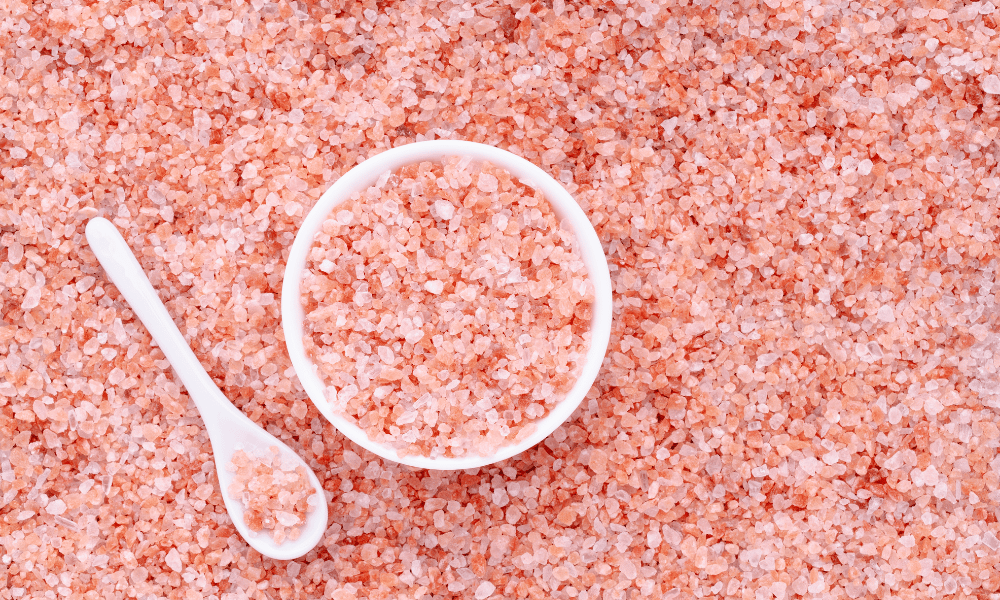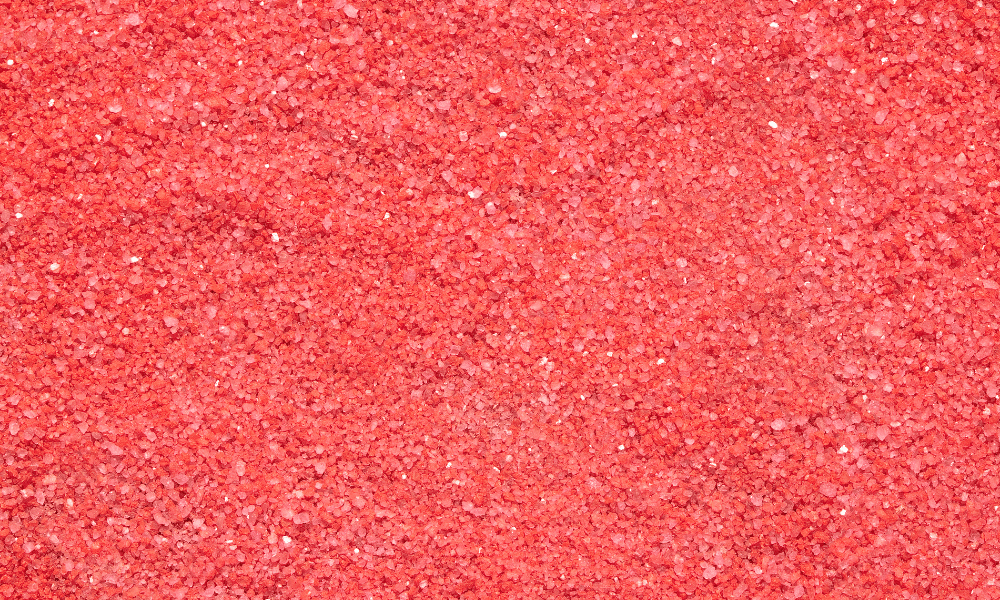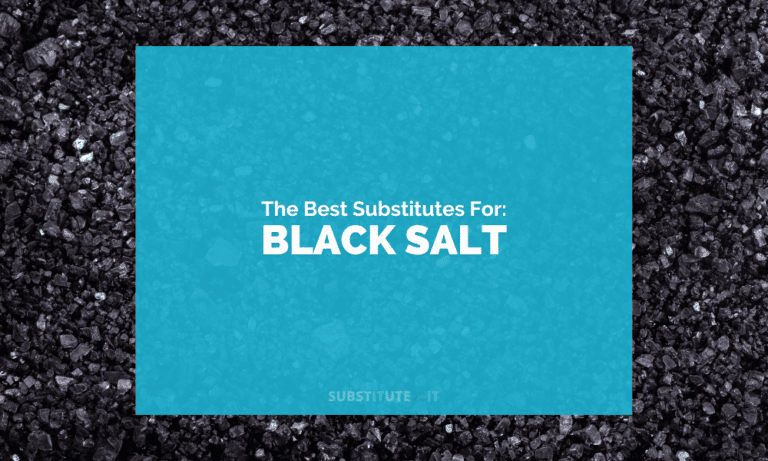The first thing people notice about black salt (aka kala namak) is its unique colour. Yet it is also full of flavour.
Black salt may be able to be clinically reproduced all over the world, but real and authentic black salt comes from Pakistan. Though it is mainly seen in Indian recipes and rarely in other cuisines.
There are centuries of history behind every grain of black salt left over from oceans that created salt deposits countless years ago.
Such history means that finding genuine black salt in the UK is not only a difficult task but an expensive one.
Our 4 Substitutes for Black Salt
Like all salt, black salt is… well salty. However, black salt has one of the lowest sodium contents of any other salt, making it much healthier.
The volcanic environment in which black salt is formed not only gives it a deep black appearance but also makes the salt very aromatic. Most describe the smell as similar to a cooked egg due to the volcano’s sulfur.
But in terms of taste, black salt tastes pretty plain, influenced by its aroma.
Here are our top 4 substitutes for black salt:
1) Hawaiian Black Salt
While black salt is traditionally mined in Pakistan, there are similar conditions in other parts of the world that also allow black salt to form. Such as in Hawaii.
Hawaiian black salt is practically identical in colour to traditional black salt and is developed under similar, highly sulfuric conditions.
This gives the Hawaiian black salt an aroma almost indistinguishable from that of black salt, making the two ingredients interchangeable.
Which Black Salt Is More Expensive?
As traditional black salt is the older black salt, it has a reputation for being more of a luxury ingredient. Whereas Hawaiian black salt is yet to develop that reputation, making it slightly cheaper.
2) Himalayan Pink Salt
Though entirely different in colour once out of the ground, Himalayan pink salt will make a perfect substitute for black salt.
Both the salts come from Pakistan’s volcanic mountains and are salt deposits left over by ancient oceans.
However, Himalayan pink salt is a pastel pink colour resulting from the leftover sea life trapped in the ocean deposits thousands of years ago.
Aside from colour, Himalayan pink salt has more flavour than black salt. It has no real aroma but a slight oceanic taste, making it a perfect pairing for seafood dishes.
Does Pink Salt Lose Its Colour?
Most people use Himalayan pink salt because of its stark colour (much like black salt). While it does pale slightly during cooking, the salt will remain mostly pink.

3) Chaata Masala
One of the most commonly used Indian seasonings, chaata masala is not used to season one specific dish but rather a variety of foods. As such, it can be used in various black salt recipes.
Black salt is not the main of chaata masala, but it is a key ingredient within the blend. It is wonderfully salty with a pungent smell very similar to black salt.
Other key ingredients in chaata masala include mango powder and coriander. This makes for a significantly tarter with a hint of sweetness that is not appropriate for every dish.
Be Aware of the Spice!
A handful of spices are used in chaata masala, from black peppercorns to chilli powder. If you are not a fan of hot food, then use the seasoning sparingly.
4) Red Hawaiian Salt
Instead of being formed via the ocean like its black salt relative, red Hawaiian salt is found in clay that has been formed by volcanoes. This is what gives the salt its rich red colour.
Rather than smelling like eggs due to volcanic sulfur, the formation process of red Hawaiian salt means that it has come into contact with noticeably different chemicals. The combination of which has given the salt a very slight nuttiness.
Where Can You Buy Red Hawaiian Salt?
Few everyday supermarkets will sell red Hawaiian salt. But because of its many health benefits, it is fairly common in healthy food shops or bulk buy shops.

Other Substitutes for Black Salt
Not everyone can afford some of the rare or more luxurious salts listed above. But that doesn’t mean that you have to scrap your dish completely. Here are a few more common alternatives for black salt:
- Kosher Salt – Compared to black salt, the grains of kosher salt are much bigger. They do not absorb as well into sauces or marinades, so it better used as a finishing garnish.
- Sea Salt – Like Himalayan pink salt, sea salt has a distinct oceanic taste that is better used in seafood dishes. Though it is also slightly bitter, which can help balance dishes that are overly sweet.
Summary
Black salt is set apart from other salts by its stark black appearance and sulphuric aroma – both of which result from the volcanic conditions it is formed in. Other volcanic regions produce their own black salt, such as Hawaii, which can be used as a near-identical substitute.
